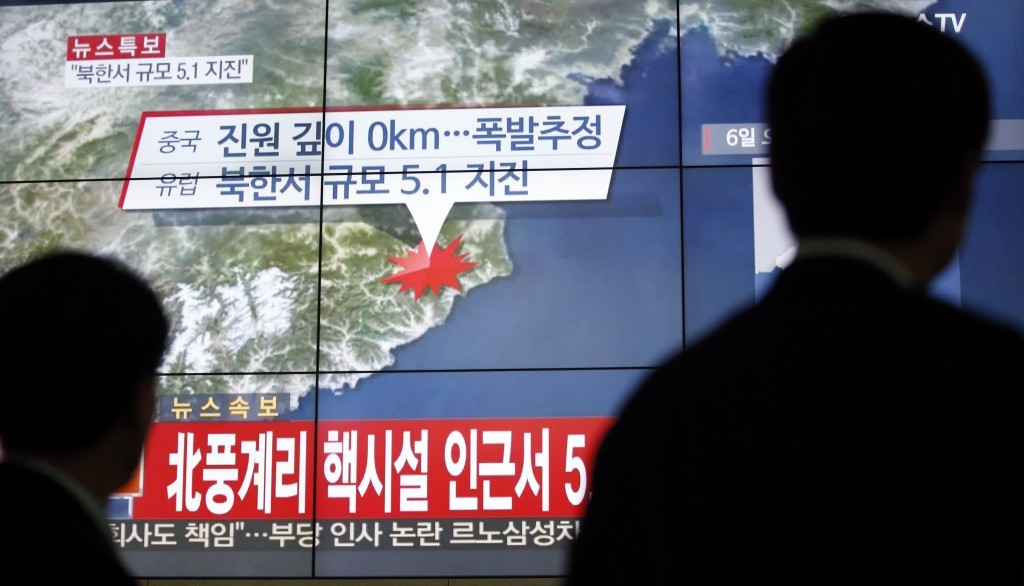
North Korea has fired four banned ballistic missiles that flew about 620 miles, three landing in Japan’s exclusive economic zone, according to South Korean and Japanese officials.
The firings were an apparent reaction to huge joint military drills by Washington and Seoul that Pyongyang insists are an invasion rehearsal.
It was not immediately clear what type of missile was fired. Pyongyang has staged a series of test-launches of various ranges in recent months, including a new intermediate-range missile in February.
The ramped-up tests came as North Korean leader Kim Jong Un pushes for a nuclear and missile programme that can deter what he calls US and South Korean hostility.
Japanese prime minister Shinzo Abe said the latest firing shows that North Korea has become “a new kind of threat”.
Japanese officials said three of the four missiles landed in the 200-nautical-mile offshore area where Tokyo has sovereign rights for exploring and exploiting resources.
South Korea’s Joint Chief of Staff said in a statement that the launches were made from the Tongchang-ri area in North Pyongan province.
The area is the home of the North’s Seohae Satellite Station where it has conducted prohibited long-range rocket launches in recent years.
Seoul and Washington call their military drills on the Korean peninsula – which remains in a technical state of war because the 1950-53 Korean War ended with an armistice and not a peace treaty – defensive and routine.
The North condemns the military drills, which run until late April and which analysts say force its impoverished military to respond with expensive deployments and drills of their own.
A spokesman for the North’s General Staff of the Korean People’s Army said last week that Pyongyang’s reaction to the southern drills would be the toughest ever, but did not elaborate.
North Korea conducted two nuclear tests last year. There have been widespread concerns that the North will test an intercontinental ballistic missile that, when perfected, could in theory reach US shores. Washington would consider such a capability a major threat.
The US has 28,500 troops stationed in South Korea, and 50,000 in Japan, as a deterrent against a potential aggression from the North.